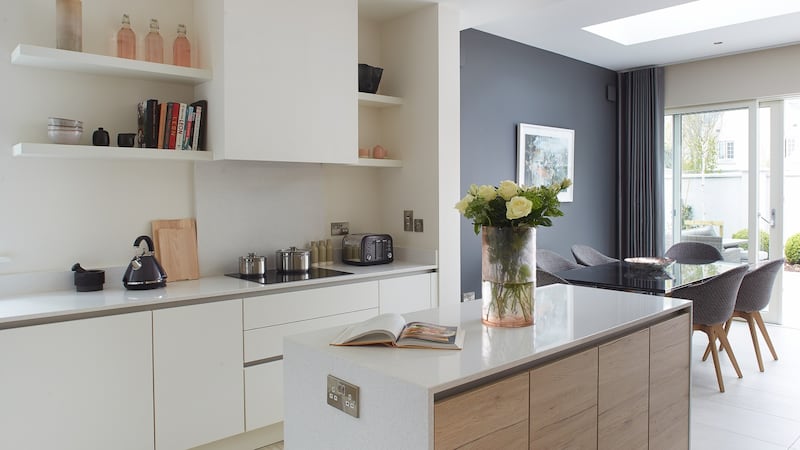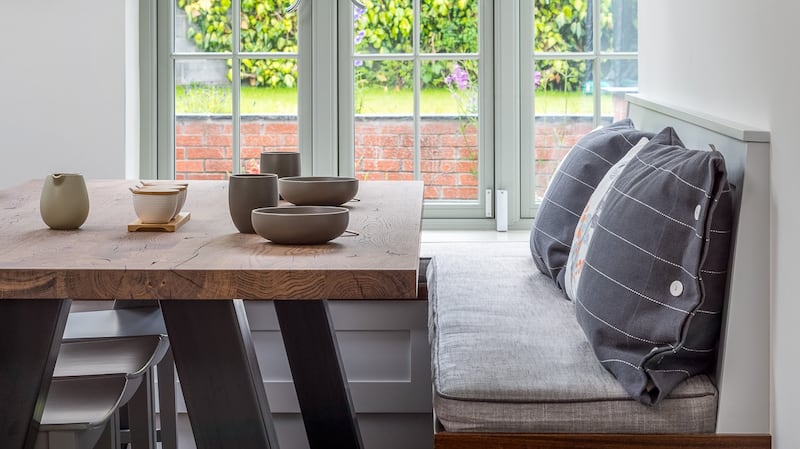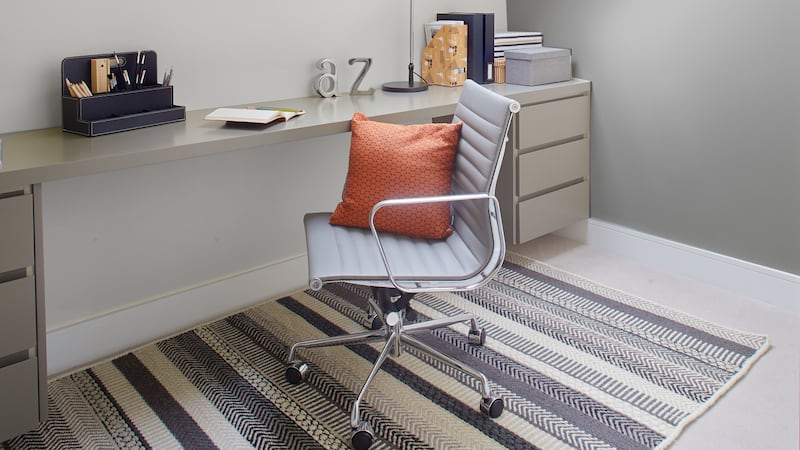Adding value to your home doesn’t mean you need to carry out substantial building works that require planning permission. A large house with a small kitchen with no connection to the garden or living space, for example, will have less value than a much smaller home with a well-laid-out kitchen and living space. Here are some of the things to consider before you start your home renovation project.
Do you need to extend?
The best advice I can give anyone planning an extension or renovation is to spend some time re-evaluating the layout of your home. The most critical element of any scheme is to get the space working right. So before you start, assess the layout of the room or house. Identify any unused areas or rooms and rework the plan, so it all pulls together. You might find that simply reconfiguring the existing layout would be a better solution than extending.

What size extension can I build without planning permission?
If you plan on extending, not all building works will require planning permission. Small-scale domestic extensions, including conservatories, do not require planning permission if the extension is to the rear of the house and does not increase the original floor area by more than 40sq m (430sq ft), where the house has not been extended before. Otherwise, the combined floor area of the proposed extension and the floor area of any previous extension, including those for which you got planning permission, cannot exceed 40sq m.
For terraced or semi-detached houses, the floor area of any extension above ground level should not exceed 12 sq m (129sq ft). Again, this figure should include any previous extensions.
Do bear in mind that you will need to leave 25sq m (269sq ft) of garden. If an extension under 40sq m means you will have less than 25sq m of garden space, you need to apply for planning permission.
Attic conversions
Attic conversions are a great way to increase the value of your home. The addition of a bedroom and bathroom can increase the value of your home by as much as 15 per cent. Extra space for use as a designated home office is also very attractive to potential purchasers. Unless you plan to add a dormer window or Velux-style rooflights to the front of the house, an attic conversion is exempt from planning.

Make the most of your living spaces
The key to significantly increasing the value of your home is to make the most of the functional living spaces. This might mean sacrificing formal areas such as dining rooms to create more space for family living areas and open-plan spaces. These kinds of upgrades, if planned correctly, will really pay off. Family living is now firmly centred on large, combined living and dining areas, making them a huge selling point to future buyers.
Connect with your garden
Working your garden into your home improvement is another excellent investment. Linking your ground-floor living space with the garden will maximise your enjoyment of the room. Unless your home is a protected structure, this kind of work will not require planning permission.
To connect the living space to the outdoors, make the transition between inside and out as seamless as possible. Your choice of finish will have a big part to play in how successful this transition is. Choosing a floor finish that can be used internally as well as externally works wonderfully well.
Floor-to-ceiling glass doors and windows are another successful way to link inside and out. Whether the doors are left open or closed, the boundary between the two areas is blurred.

Garden room
Garden rooms are a great way to create additional space with minimal impact on your home while the works are ongoing. Anyone who has had any building work done in their home appreciates the amount of upheaval even the smallest of jobs causes. So this is not to be underestimated.
Garden rooms are ideal for use as a home office, workout space, hobby room or hang-out space for older kids. You can build a garden room up to a maximum size of 25sq m, provided you leave 25sq m of free space in your garden. You may construct a mono-pitch or single-pitch roof up to 3m in height or a slated or tiled pitched roof up to 4m in height.
Convert your garage
Planning permission is not usually required to convert a garage into additional living space for your home, provided it is attached to the main house. It is also exempt as long as the work is internal and does not involve enlarging the building or altering the roof. Garages tend to be long, narrow rooms, so while they won’t make generous living spaces, they are ideal as a home office, teenage den, playroom or utility space.
If you plan to extend in the future, the floor area of the garage, once converted, will need to be deducted from the 40sq m allowed under exempt development. In other words, if the floor area of the converted garage is 10sq m (108sq ft), you will be permitted only to build 30sq m (323sq ft) without needing planning permission.
















